Parts feeders are vibratory mechanisms that function in the distribution of parts. They may aid robots or assist other automated processes to handle, hold, and make use of various components. They are also referred to as a branch of automated equipment that receives equipment in bulk and mechanically manipulates them at a predetermined frequency to obtain a consistent feed. Read More…
ERIEZ is a global manufacturer of an entire range of vibratory feeders and related machinery. We serve all the process industries, including food, chemical, pharmaceutical, ceramics, glass, packaging, metalworking, minerals processing and others.
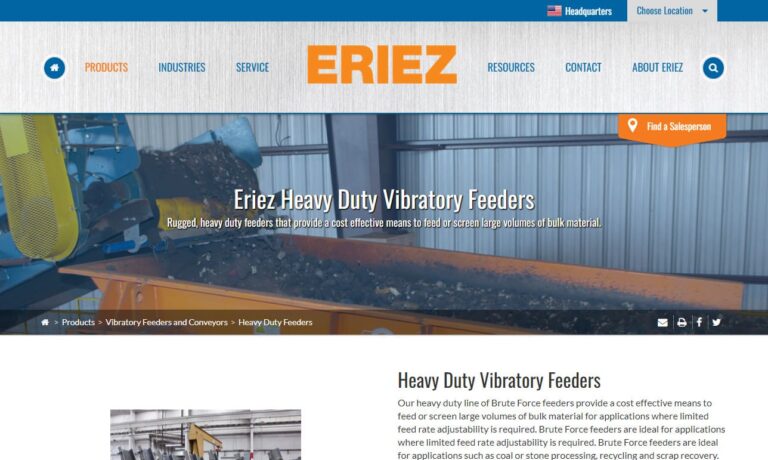
Rodix manufactures vibratory feeder controls, inline track drives, drive bases, & bulk storage hoppers for part feeding systems. Our line of vibratory feeder controls feature variable amplitude, variable frequency, line-voltage compensation, UL/cUL Listed, CE Marked, and more. We have experience working with machine integrators, vibratory feed system builders, and manufacturers.
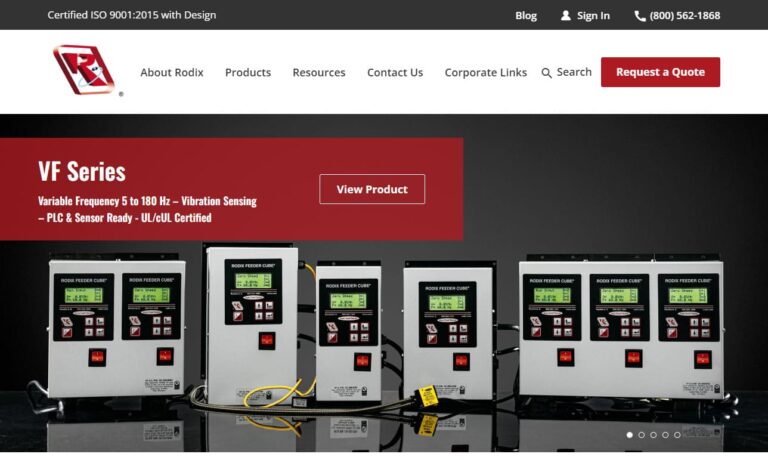
PPM Technologies Holdings, LLC is an innovative industry leader in the vibratory feeder industry. Our main focus has always been to provide our customers with high-quality products with the exact specifications for their needs. With our wide range of products, we are able to serve various industries.
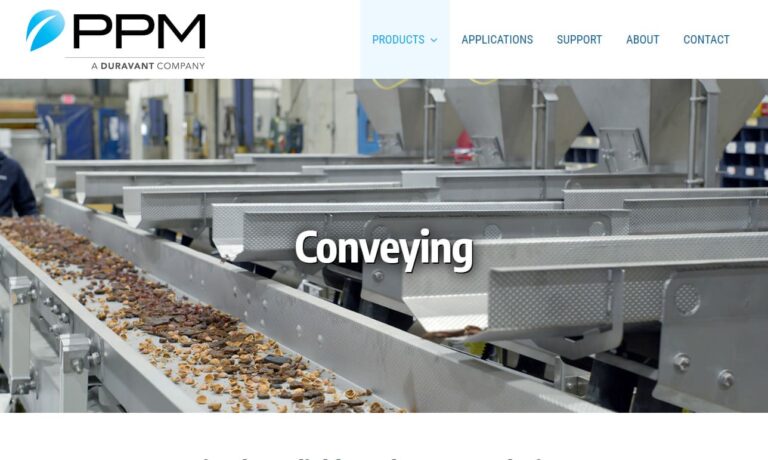
UTI specializes in the engineering of vibratory and rotary parts handling equipment. UTI leads the industry in innovative parts handling solutions. We provide simple and efficient solutions to complex problems. We are an engineered based provider of parts feeders, simple mechanisms, systems, solutions, and service.

At Jerhen-Warren Industries, Inc., we specialize in designing and manufacturing advanced vibratory feeders that ensure smooth, efficient material handling for diverse applications. Our expertise spans the full spectrum of vibratory feeding systems, where we integrate innovative technology and precise engineering to develop reliable solutions tailored to our clients' operational needs.
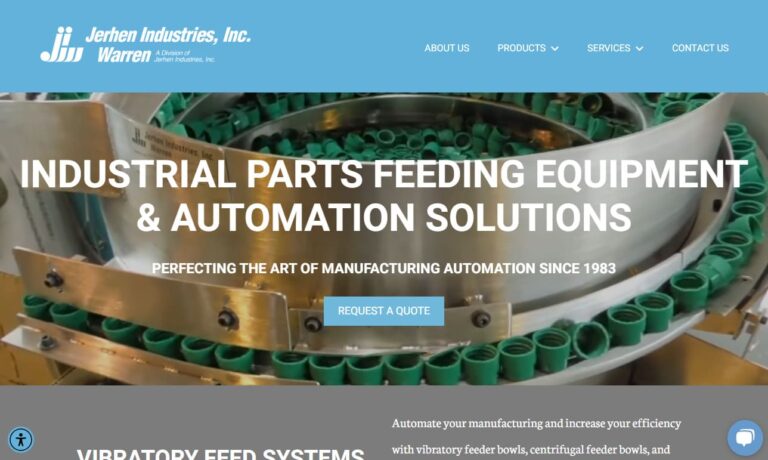
More Parts Feeder Manufacturers

Vibratory Parts Feeders
A vibratory parts feeder is a device that makes use of vibrations to feed materials through a machine or process while controlling the rate of flow of the moving materials. The vibration is employed to bring about movement of the materials in imperceivable small hops or jumps. The force of gravity is also utilized in order to influence parts to change direction, usually in a downward, lateral movement.
Types of Parts Feeders
There are three main types of parts feeders:
- centrifugal feeders
- pneumatic feeders
- vibratory bowl feeders
Centrifugal Parts Feeders
These consist of a circular bowl with one or two angular spinning disks and a conically-shaped driving rotor. Centrifugal feeders make use of spinning angular disks rather than vibration or a spiral track to cast parts to the external edge of the bowl. The angular disks and the bowl always rotate independently of each other and there are constant rotations at varying rates of speeds. The most common advantage of this type of part feeder is that it can be used even for the most awkwardly-shaped components and still retain its efficiency and speed, reducing any chances of damaging the parts or components.

Pneumatic Parts Feeders
These parts feeders operate based on the pressure, or power, of airflow and the motion in the mechanism is brought about by a pneumatic piston. The piston moves through hydraulic pressure or an air-driven motor.The passing materials are controlled by a secured clamp. When a process is completed on the upper deck, electronic signals are transmitted which move the deck upwards and the parts or components being worked on are moved to the next phase. A time relay initiates the next process by lowering the deck so that another set of components may be worked upon.

Vibratory Bowl Feeders
They are commonly referred to as bowl feeders and they consist of an independent driving unit that provides the vibrations to the bowl feeder mounted on top of it. There is also a specially designed, spiraling track within the feeder bowl. Through this track, the parts are moved through the feeder bowl and then released later for additional processing. These vibratory bowl feeders are the most popular type of parts feeders used in commercial and industrial processes.

Applications of Parts Feeders
Although they come in a limited number of basic designs, parts feeders come in numerous sizes. Parts feeders are, therefore, used in a wide range of applications and industrial activities. In the industrial manufacturing process, feeders are used for automated assembly processes like small electrical components, pins, and fasteners. The automotive industry, meanwhile, makes use of parts feeders in the sorting and the orientation that precedes spark plug manufacturing.
Parts feeders are also used in the recycling of waste materials. Various recyclable materials are sorted out ranging from plastics, metals, and other materials. In the pharmaceutical industry, parts feeders are used in the procedural sorting of medication through step-by-step packing of medicinal products.
Advantages of Parts Feeders
- The use of parts feeders comes with substantial advantages by making procedural work easier and safer. Parts feeders are also very time-efficient and drastically reduce the time taken to perform many tasks if they were done by man.
- Parts feeders save on employee expenses because they can be adopted in an independent system allowing desired tasks to be performed more efficiently and accurately. Furthermore, Their systematic step-by-step procedure of how work is done reduces the chances of workplace injuries due to human errors and mistakes.
Choosing the Correct Parts Feeder Manufacturer
To make sure you have the most beneficial outcome when purchasing parts feeders from a parts feeder manufacturer, it is important to compare at least 5 manufacturers using our parts feeder directory. Each parts feeder manufacturer has a business profile page that highlights their areas of experience and capabilities and a contact form to directly communicate with the manufacturer for more information or request a quote. Review each parts feeder company website using our proprietary website previewer to get an idea of what each company specializes in, and then use our simple RFQ form to contact multiple parts feeder companies with the same message.





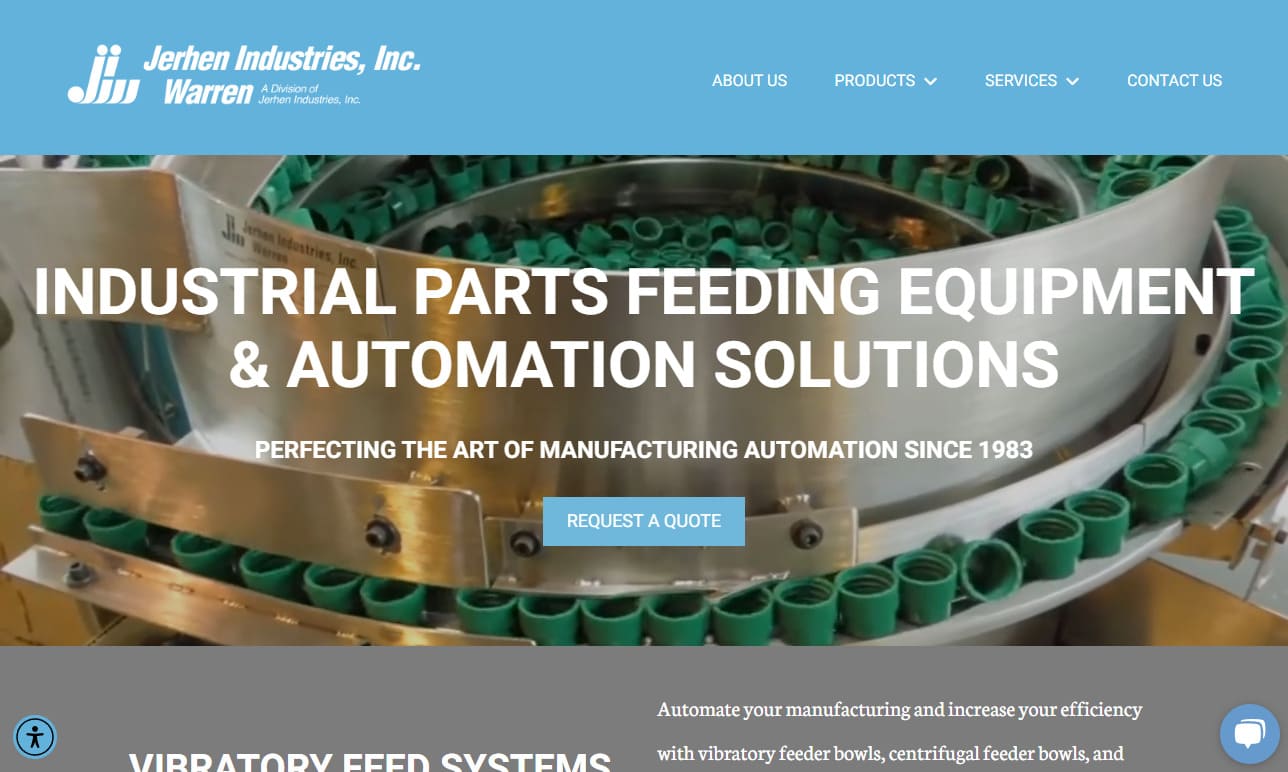
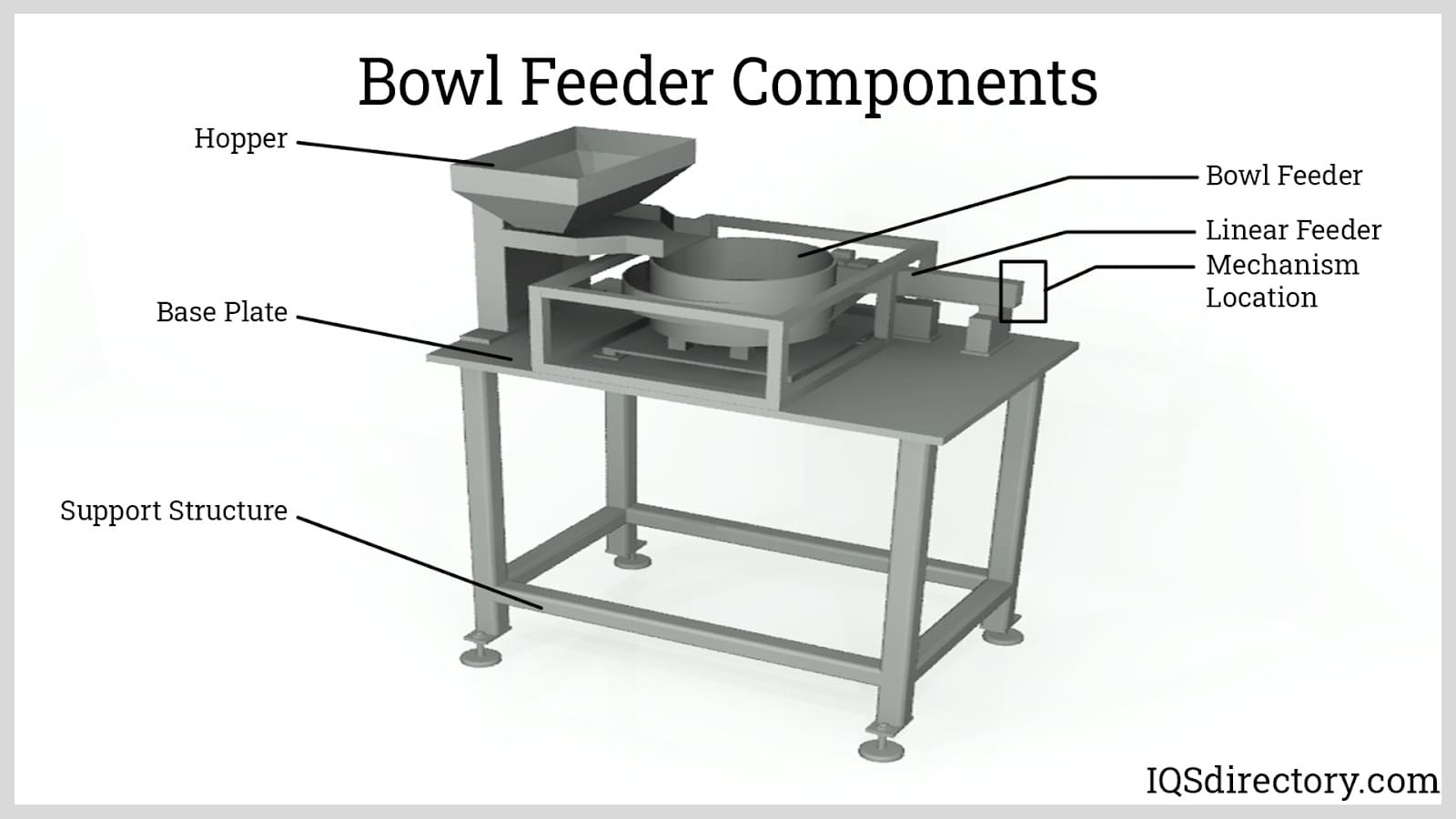
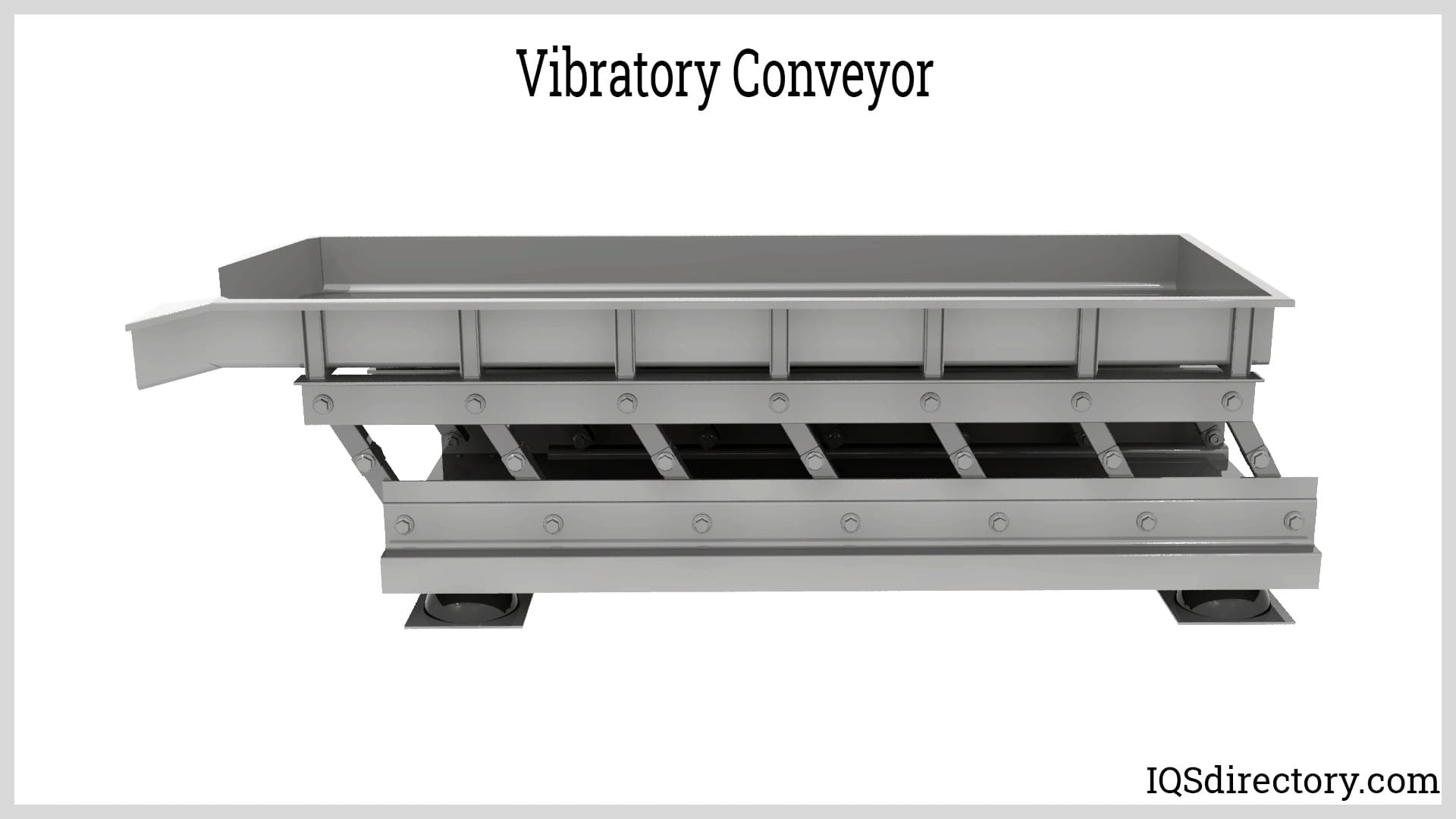
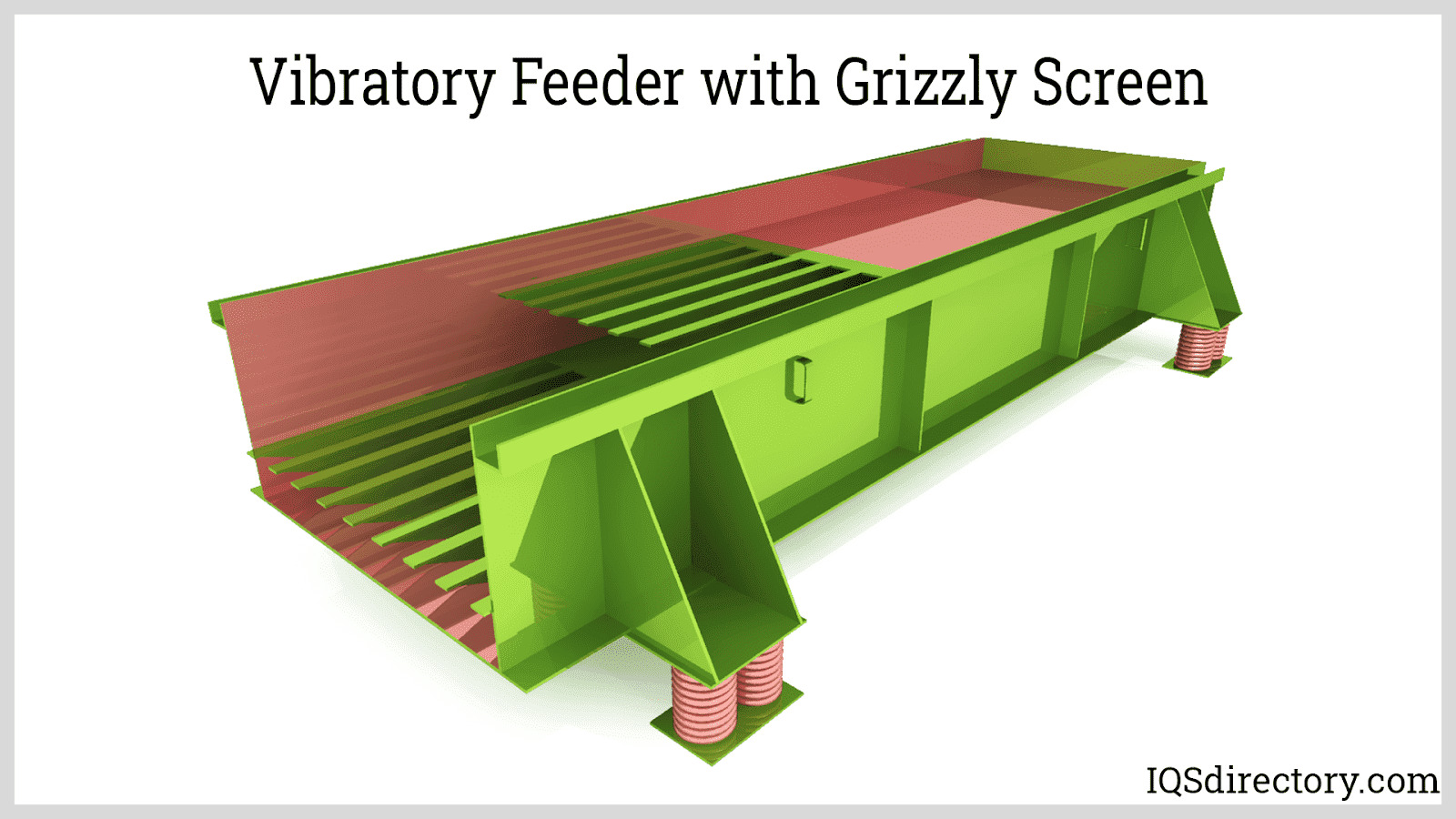
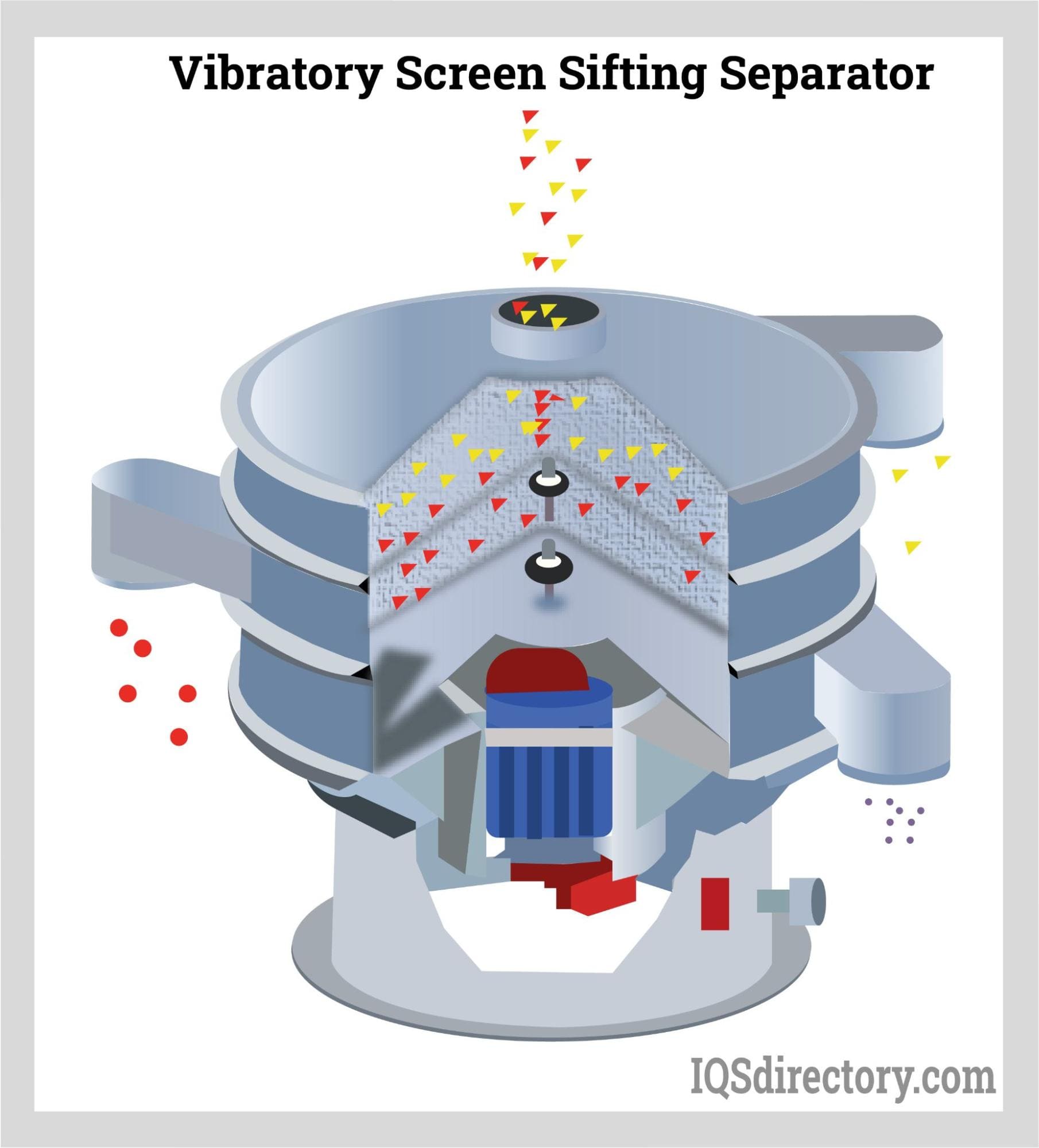

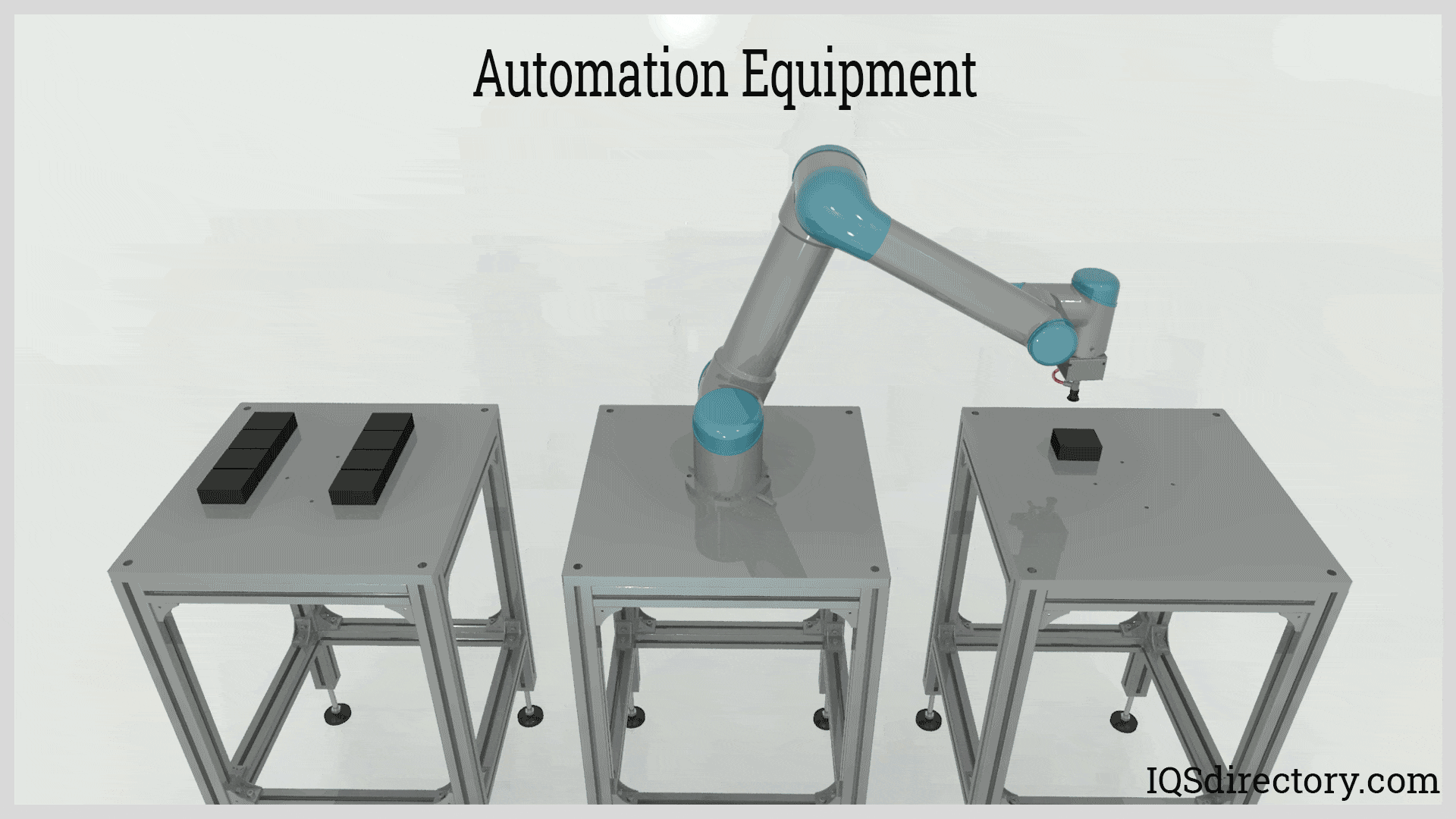
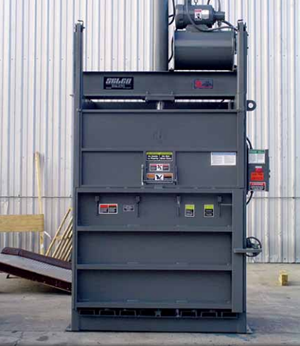 Balers
Balers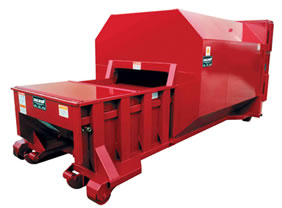 Compactors
Compactors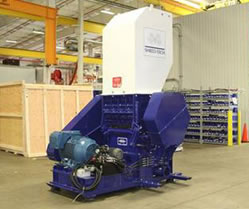 Granulators
Granulators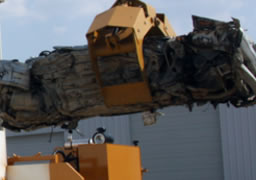 Grapplers
Grapplers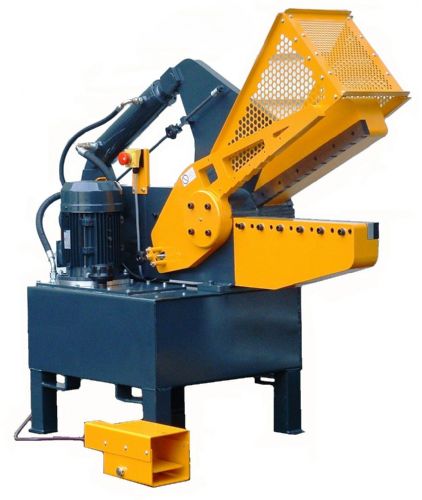 Metal Shears
Metal Shears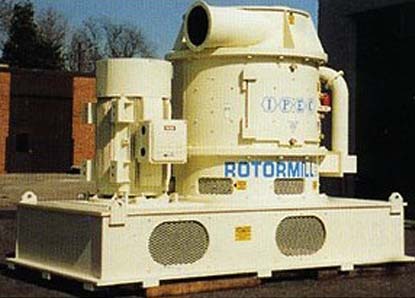 Pulverizers
Pulverizers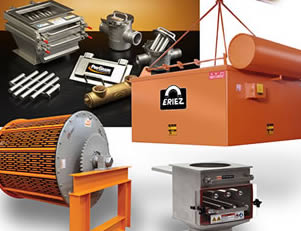 Separators
Separators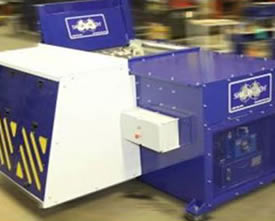 Shredders
Shredders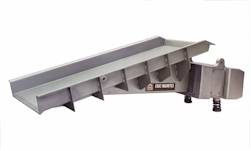 Vibratory Feeders
Vibratory Feeders Castings & Forgings
Castings & Forgings Bulk Material Handling
Bulk Material Handling Electrical & Electronic Components
Electrical & Electronic Components Flow Instrumentation
Flow Instrumentation Hardware
Hardware Material Handling Equipment
Material Handling Equipment Metal Cutting Services
Metal Cutting Services Metal Forming Services
Metal Forming Services Metal Suppliers
Metal Suppliers Motion Control Products
Motion Control Products Plant & Facility Equipment
Plant & Facility Equipment Plant & Facility Supplies
Plant & Facility Supplies Plastic Molding Processes
Plastic Molding Processes Pumps & Valves
Pumps & Valves Recycling Equipment
Recycling Equipment Rubber Products & Services
Rubber Products & Services